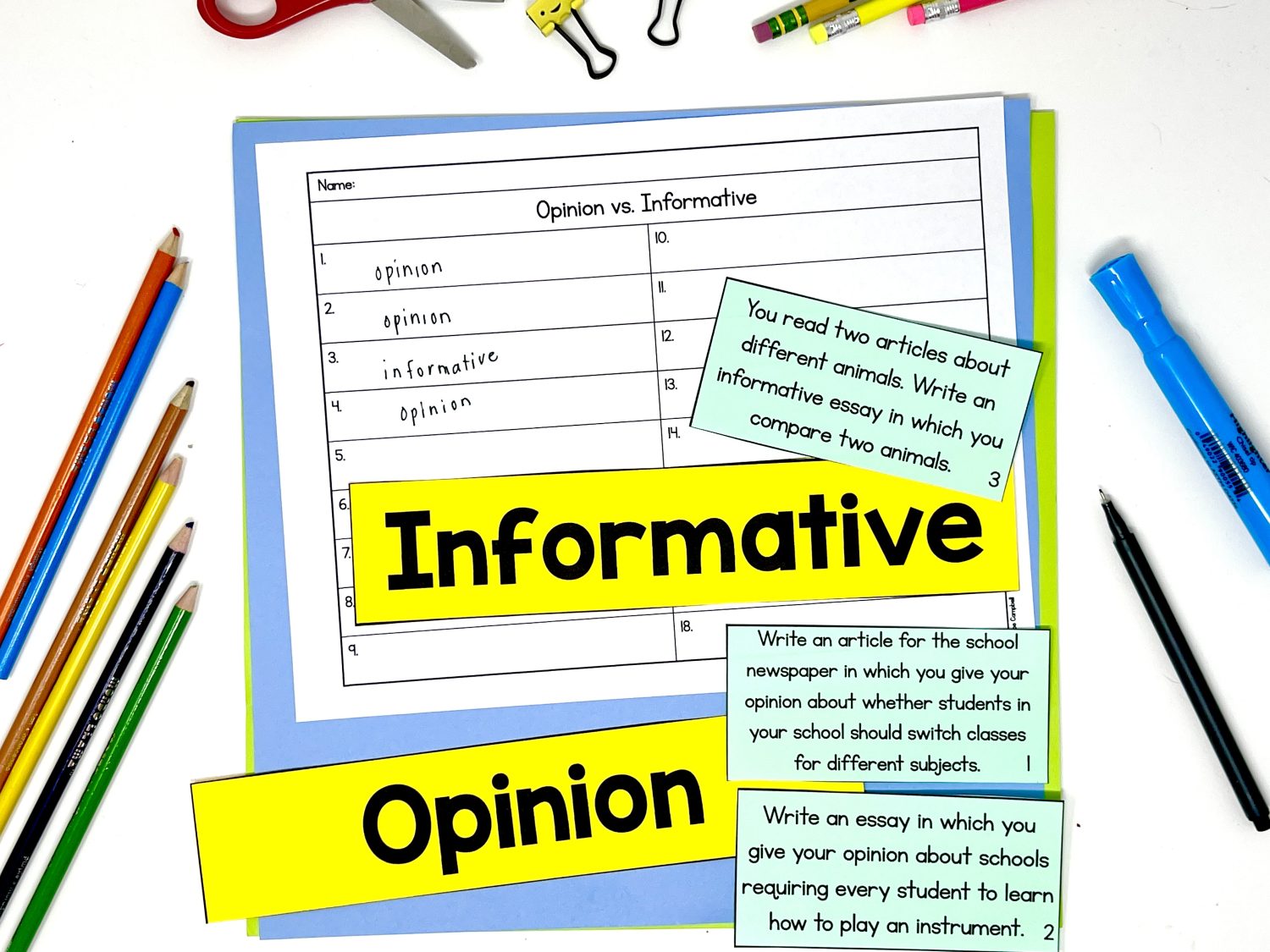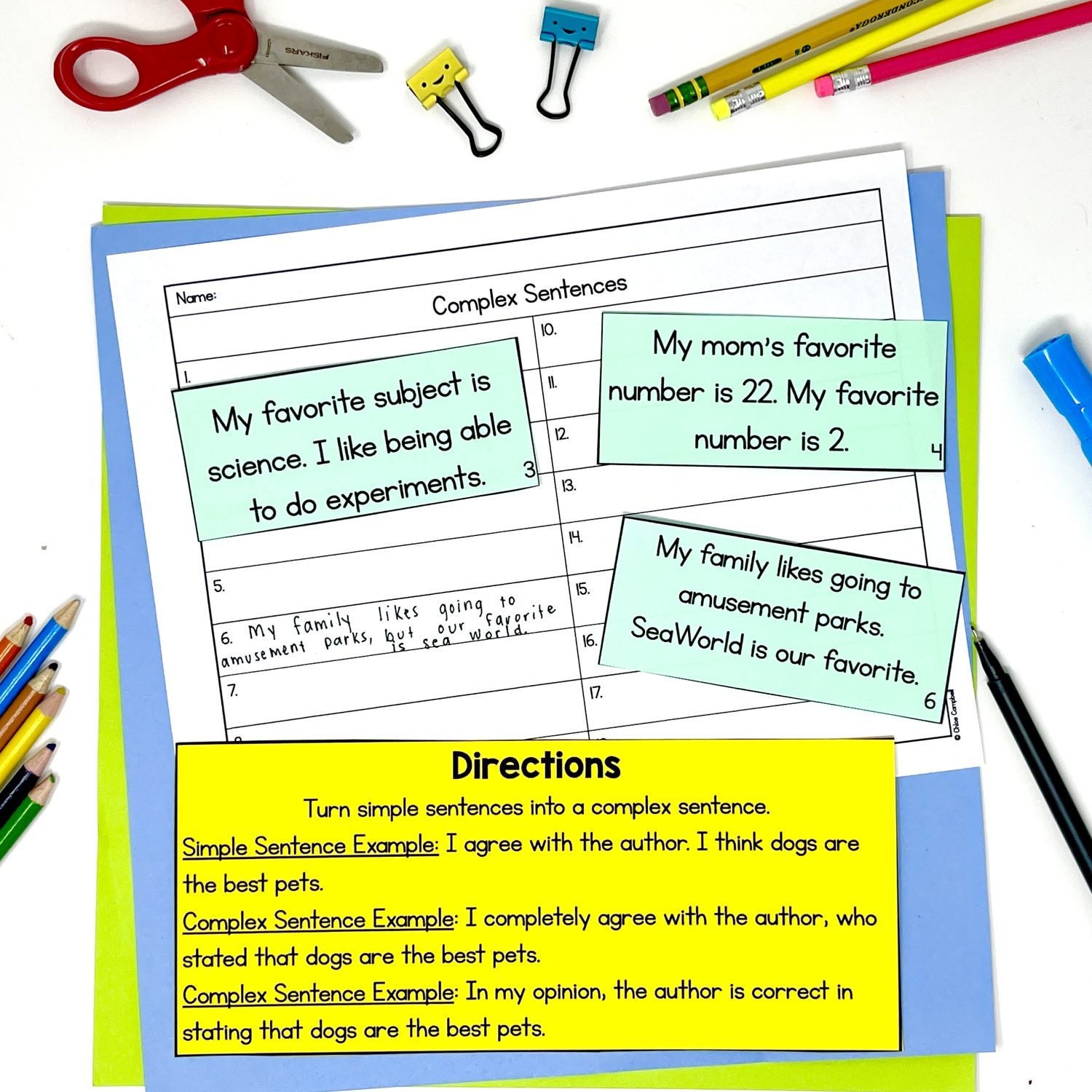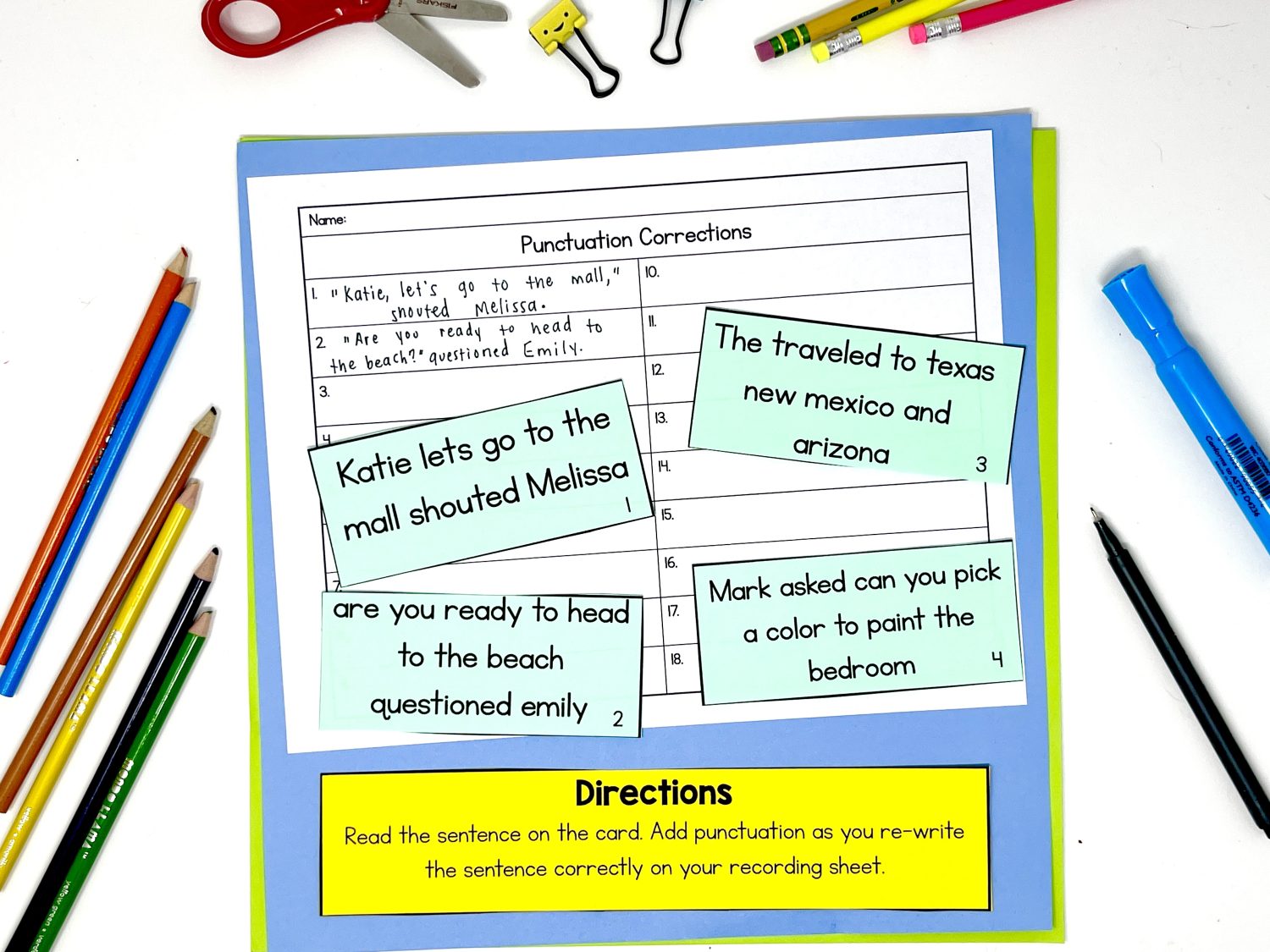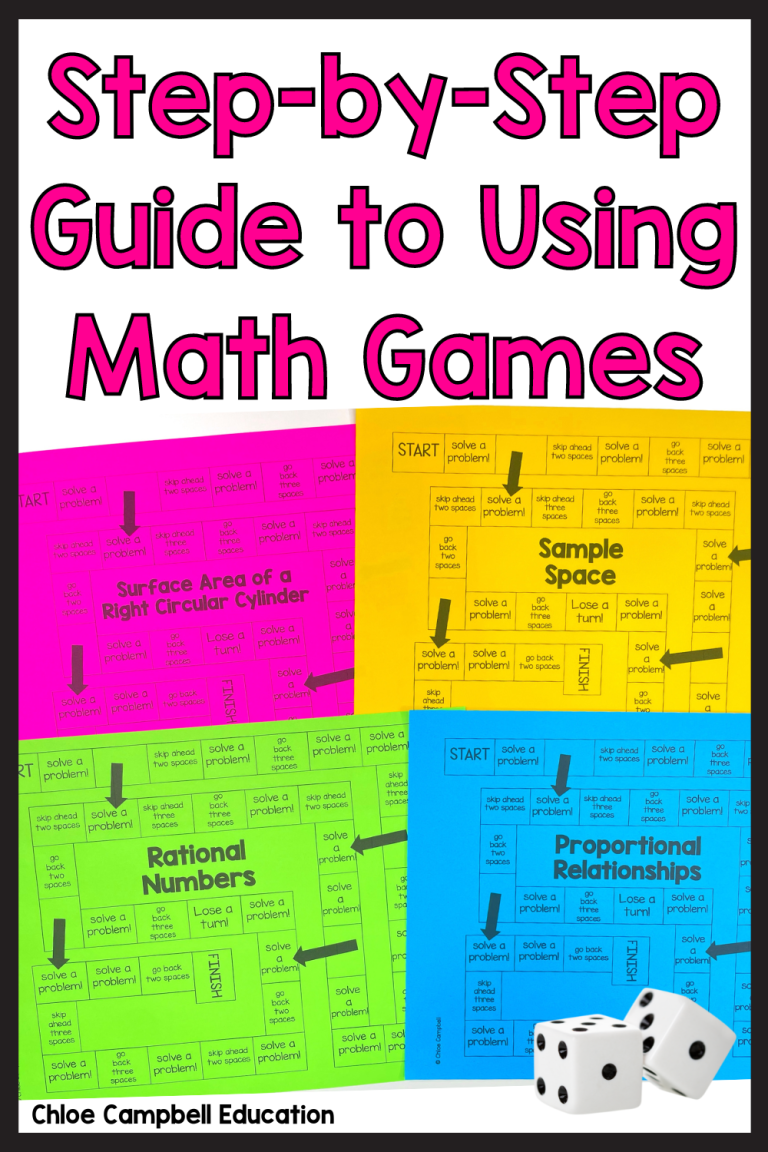Fun Ideas for Writing in the Upper Elementary Classroom
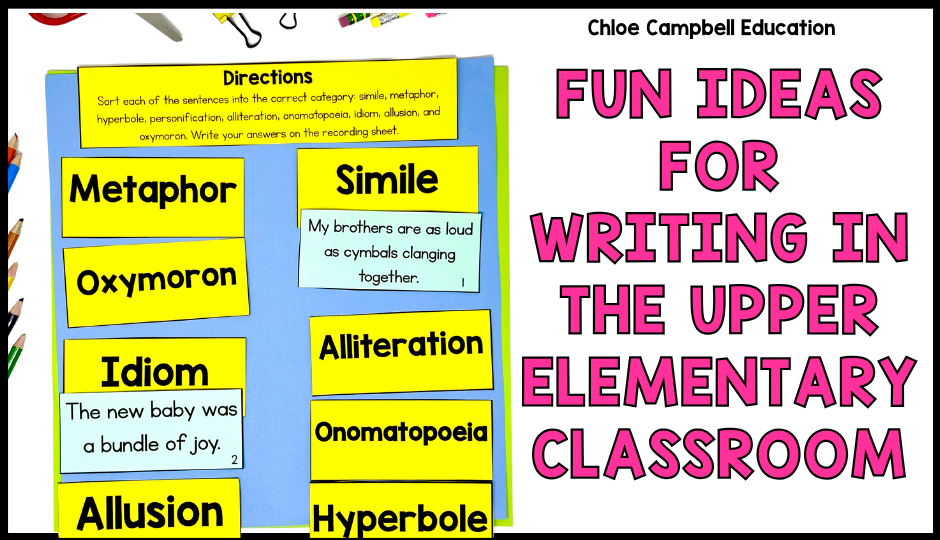
Let’s face it—writing can feel like a chore for some students, especially when the stakes are high, like during state test prep. But what if writing could actually be fun? By using fun ideas for writing and incorporating other exciting approaches, you can transform reluctant writers into confident ones, all while reinforcing standards-based opinion and informational essay skills. These activities won’t just make writing exciting; they’ll also build critical skills that students need to succeed. Ready to bring some fun to your writing block? Let’s dive in!
Using Fun Activities for Writing Practice
When students are excited about writing, they’re more likely to dive into the writing process with enthusiasm. Fun, engaging activities help students practice essential skills while keeping their motivation high. Using Fun Activities for Writing Practice, students can stay focused while building confidence in their abilities. And let’s not forget—these activities are perfect for building confidence, fostering critical thinking, and ensuring students are ready for state assessments. Let’s explore how to make writing practice both enjoyable and standards-based!
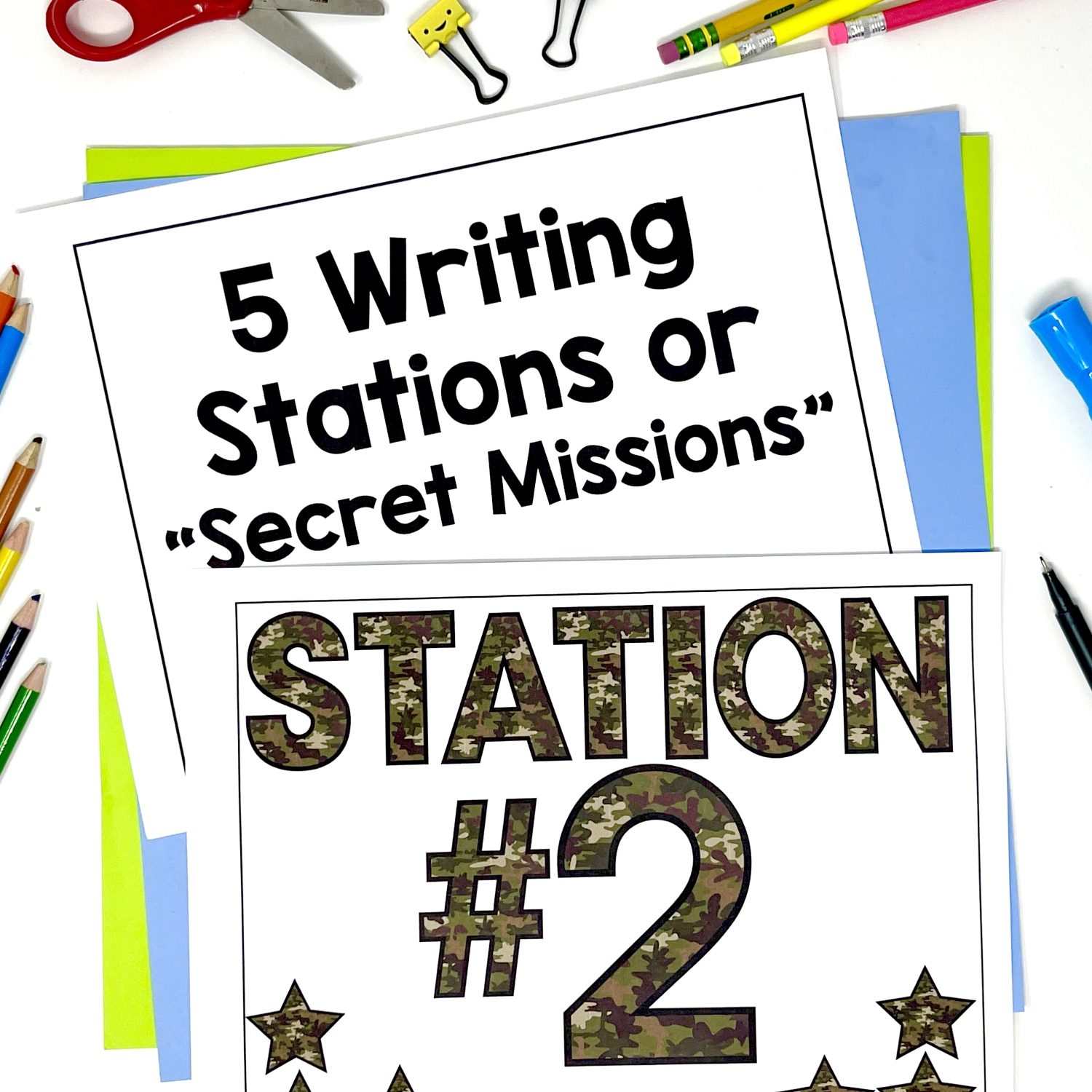
By embracing Fun Activities for Writing Practice, you’ll see students approach writing with renewed enthusiasm and creativity.
7 Fun Ideas for Writing
1. Collaborative Writing
Pairing students up to work on an essay together is a great way to build teamwork and reduce off-task behavior. Assign each pair an opinion or informational writing prompt (you can find high-interest prompts in this bundle). One partner can draft the introduction and the first body paragraph, while the other writes the second body paragraph and the conclusion. Then, they work together to revise and edit their essay.
Having only two students per group minimizes distractions and ensures that each student has a meaningful role in the process. Collaborative writing helps students learn from each other while gaining confidence in their own abilities. Plus, it’s a great way to add variety to your writing block and keep students engaged.
2. Creative Writing Prompts (Standards-Based)
We all know students have strong opinions! Give them an opportunity to share their opinions with fun writing prompts that will actually capture their attention. Here are some examples from my bundle:
- Should parents monitor their child’s cell phone use?
- Should students be allowed to use social media at school?
- Is it better to have siblings or be an only child?
- Should schools and workplaces follow a four-day week?
These prompts encourage students to practice forming strong arguments, supporting their opinions with evidence, and organizing their essays effectively. They’re perfect for quickwrites, group discussions, or even full essay assignments.
3. Opinion and Informational Writing Scavenger Hunt
Turn your classroom into an interactive writing boot camp by setting up a scavenger hunt. Create stations around the room with short opinion or informational passages. At each station, include a task like identifying the author’s opinion, underlining evidence, or revising a poorly written conclusion.
Students move through the stations, completing tasks that reinforce key standards while staying engaged. To keep things lively, set a timer and have students work in pairs or small groups to “hunt” for the answers. This activity is perfect for reviewing multiple skills at once while keeping students active and excited. It’s a perfect way to integrate Fun Writing Ideas into your lessons.
4. Peer Review Pals
Peer review can feel intimidating, but with clear guidelines, it becomes a powerful tool for improving writing skills. Pair students up and give them a checklist for reviewing each other’s work. For example:
- Does the introduction clearly state an opinion or main idea?
- Are reasons supported by evidence?
- Does the conclusion restate the main idea and leave a lasting impression?
- Are sentences complete with proper punctuation and capitalization?
For extra fun, incorporate color coding! Students can use colored pencils to underline each piece of evidence in one color, highlight the opinion or main idea statement in another, and mark transitional phrases in yet another color. This makes it easy for partners to spot areas for improvement while having fun with their review. Students often work harder knowing their peers will review their essays, and the process builds confidence as they learn from one another. Award “editor badges” to students who provide exceptional feedback!
5. Build an Essay Challenge
Challenge your students to create a full essay from a set of pre-written parts. Provide a variety of introductions, body paragraphs, conclusions, and even transitional phrases. Some examples should be strong, while others contain deliberate mistakes for students to identify and improve.
Students work individually or in pairs to assemble the best essay possible by selecting the strongest components and revising where needed. This activity reinforces structure, evidence, and fluency in a way that feels more like a puzzle than a typical writing task. Adding a timer or turning it into a competition can further boost engagement and excitement.
6. Writing Through Debate
Start your writing block with a friendly debate. Assign students an opinion-based topic, like “Should schools adopt a four-day week?” Split the class into two groups and let them debate their stance. As they present their arguments, encourage them to jot down evidence and counterpoints.
After the debate, students use their notes to write a structured opinion essay. This activity combines speaking, listening, and writing skills while helping students organize their thoughts and strengthen their arguments.
7. Writing Boot Camp
Transform test prep into a fun and engaging experience with a Writing Boot Camp! This resource breaks writing practice into stations, each focusing on a specific skill:
- Informative vs. Opinion Writing Prompt Sort: Students practice distinguishing between the two types of writing by sorting prompts.
- Figurative Language Sort: Identify and categorize different types of figurative language. This adds a creative element while reinforcing comprehension.
- Correct Punctuation: Students edit sentences to ensure proper punctuation, including commas, quotation marks, and ending punctuation.
- Their, There, and They’re Sort: Practice homophones by sorting sentences into the correct category.
- Creating Stronger Sentences: Transform simple sentences into high-level, complex ones that captivate readers.
Each station includes clear directions, recording sheets, and answer keys. To make it exciting, decorate your classroom with camouflage strips, assign students to “platoons,” and use dog tags for group assignments. Set timers at each station to add urgency and keep students on their toes. As they complete each station, they “earn their stripes” by collecting medals or badges. These engaging stations help students practice essential skills while breaking up the monotony of traditional test prep.
Printable Writing Boot Camp Activity
Ready to turn writing prep into a fun, standards-aligned activity? My Writing Boot Camp for State Test Prep Stations has everything you need to make test prep exciting and effective. With activities that reinforce grammar, punctuation, sentence structure, and essay writing, this resource helps students gain confidence and build essential skills.
Click here to grab your copy and watch your students thrive during boot camp week!
Save These Fun Writing Ideas

Incorporating fun activities for writing practice into your classroom doesn’t just make writing more enjoyable—it helps students build critical skills for opinion and informational writing. From collaborative essays to creative prompts and boot camp stations, these activities prove that writing can be both fun and impactful. Let’s inspire our young writers and make writing the highlight of their day!
Want to learn more about teaching writing in your classroom?
5 Tips to Teach Writing in an Upper Elementary Classroom


